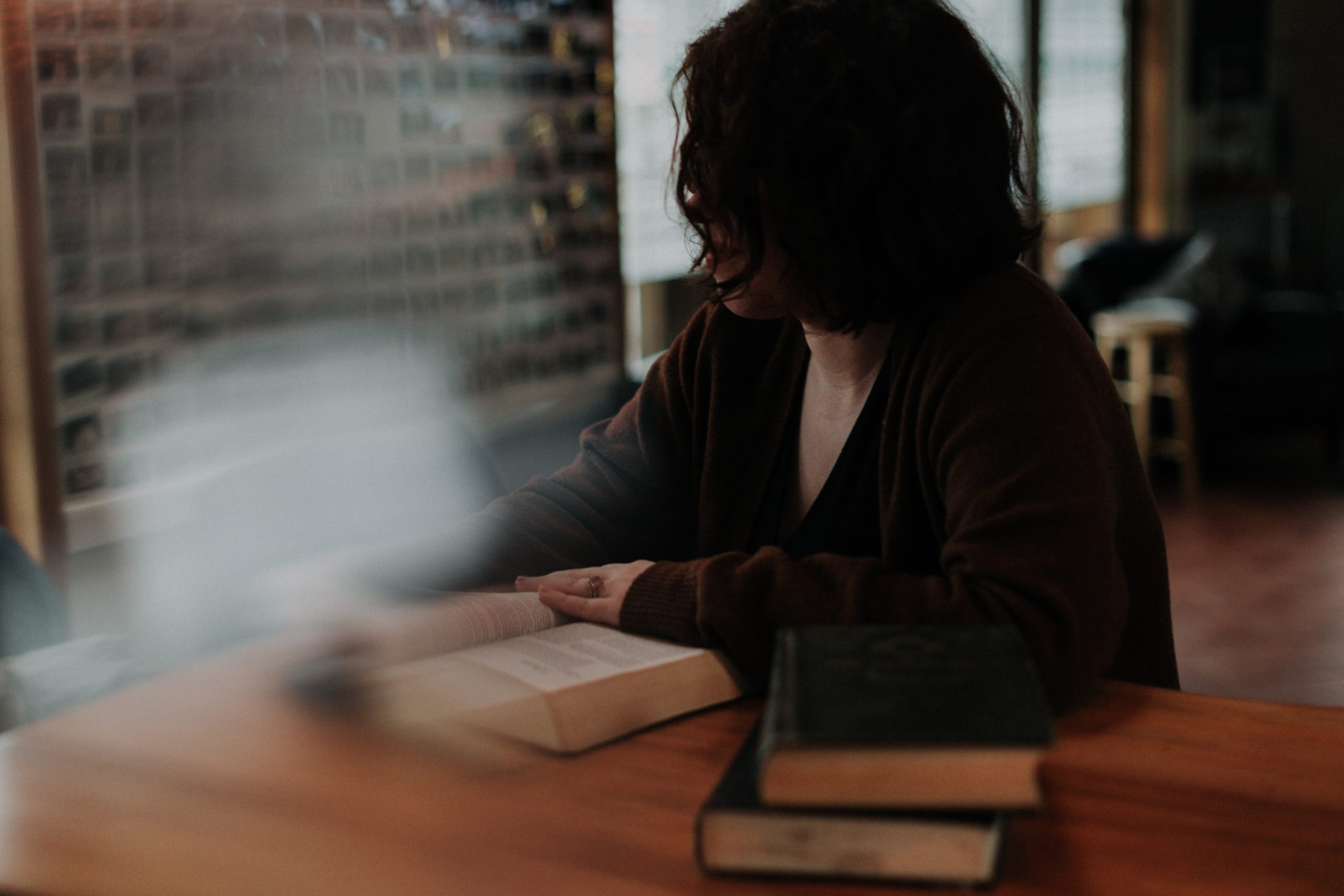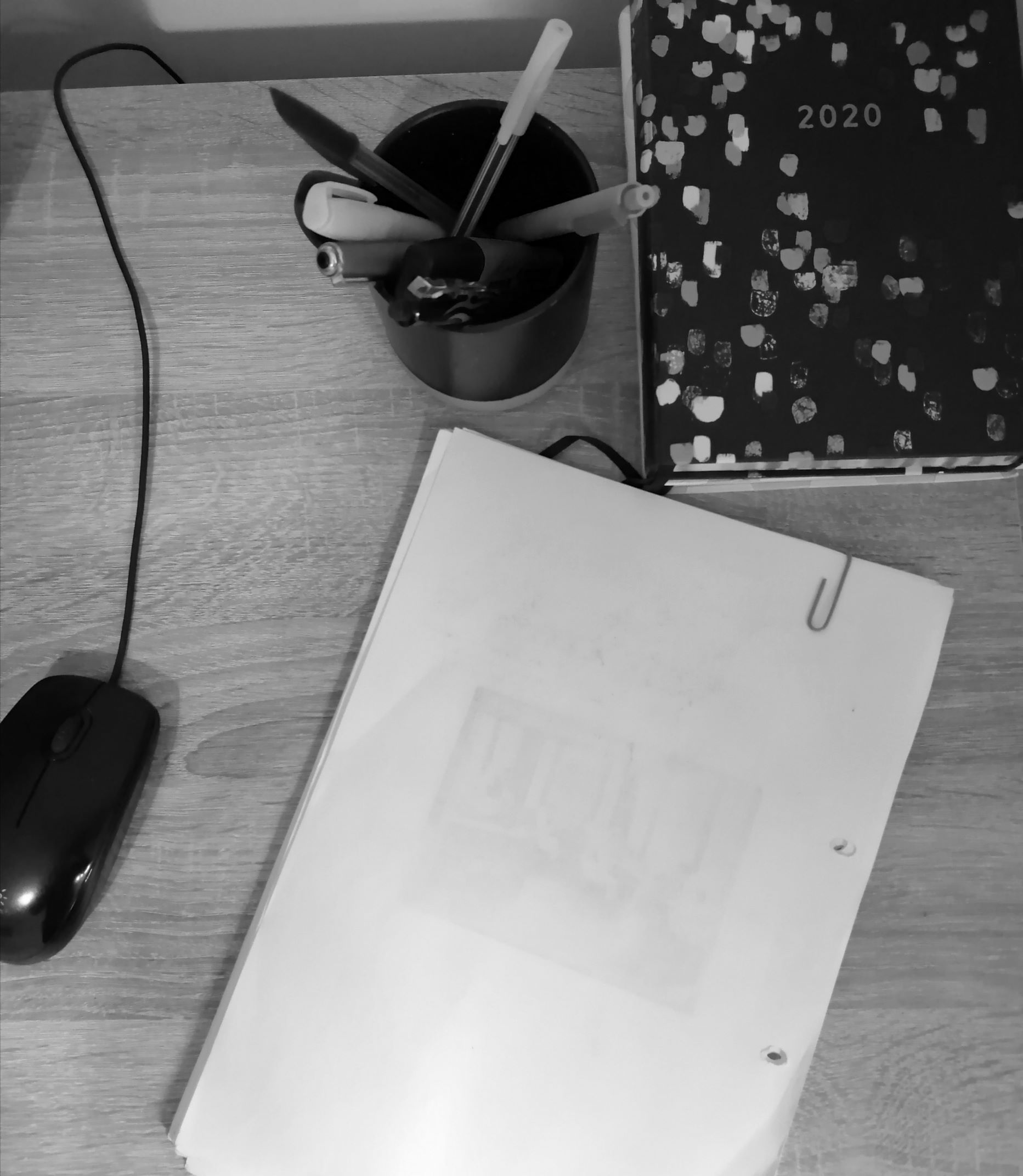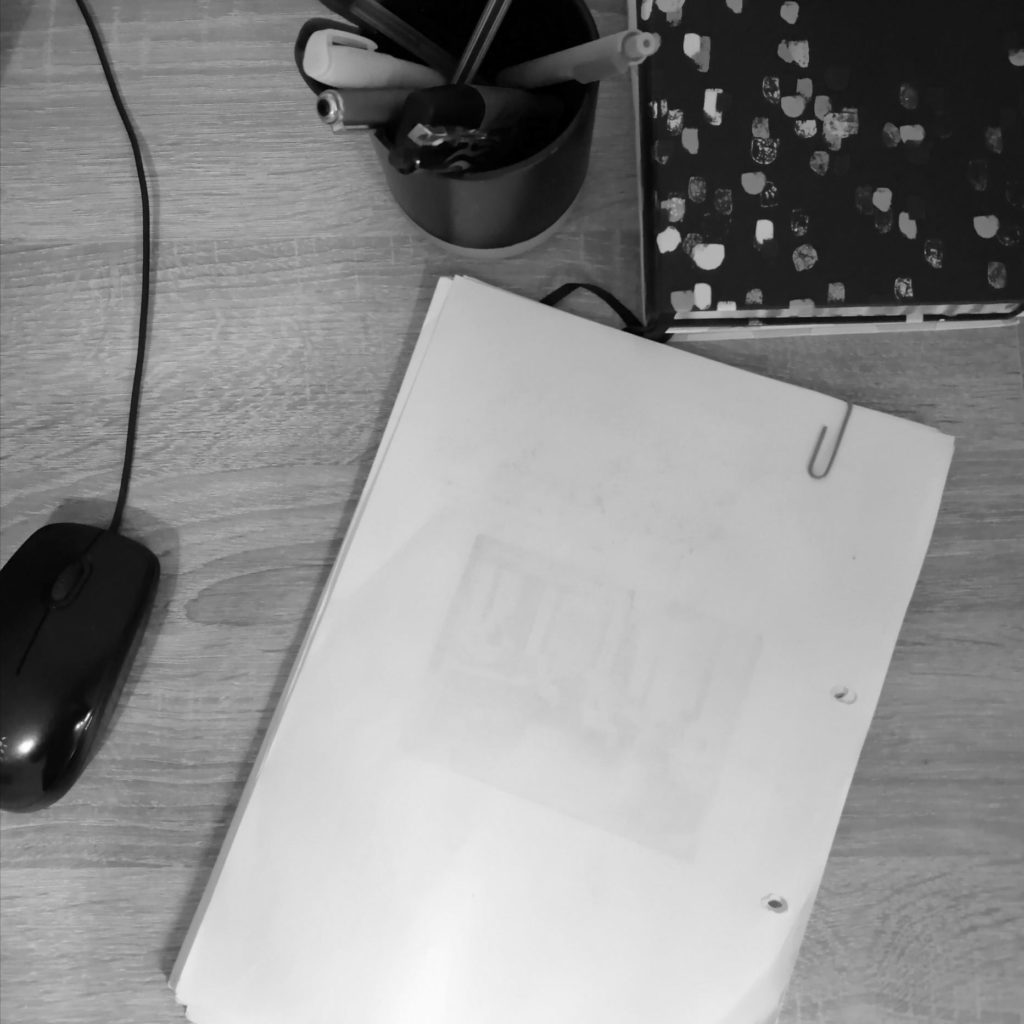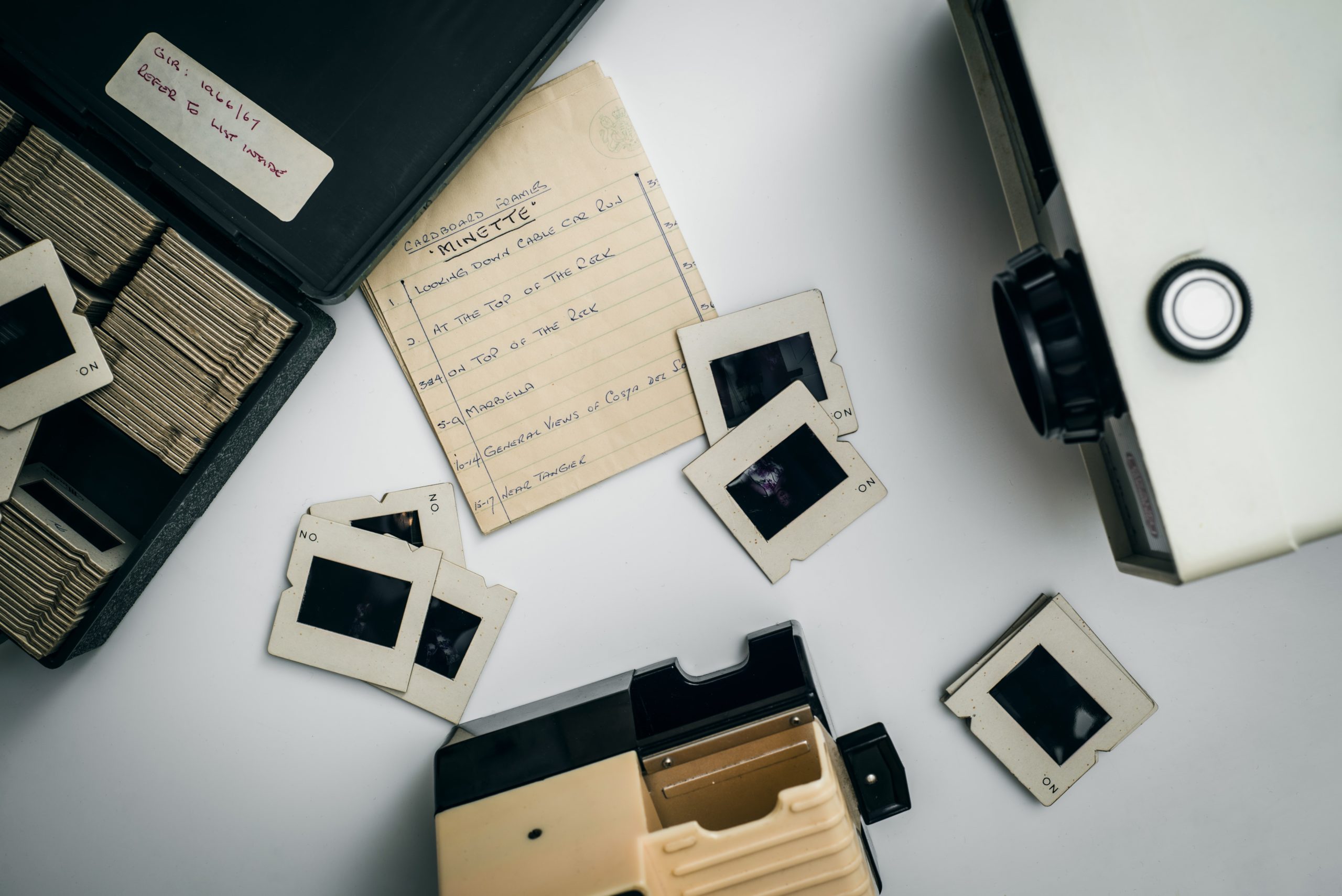The Author
Juliet Roberts
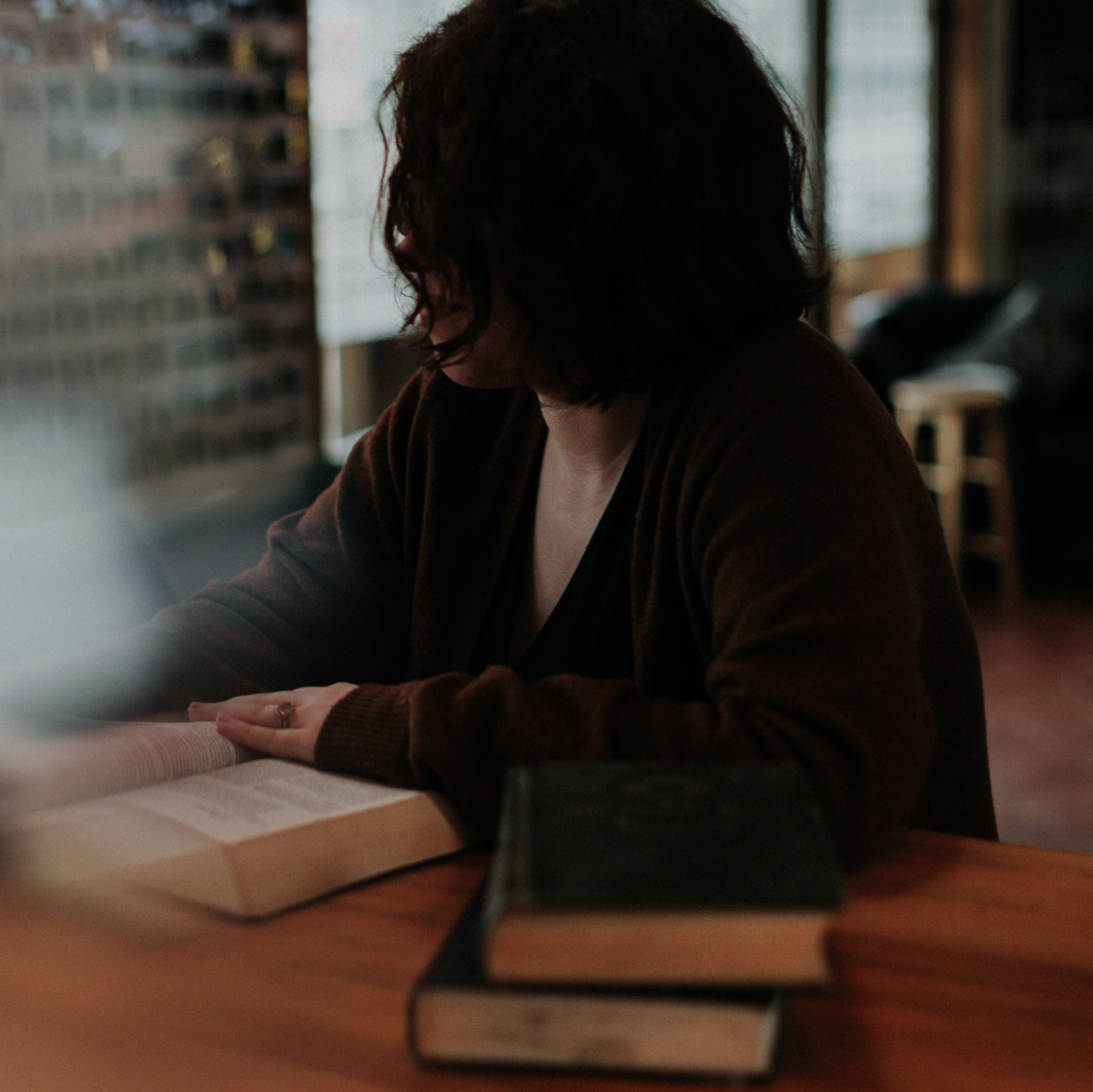
Part of our Emotions and Ethics series, ‘Portrait of an Angry Man’ is written by Juliet Roberts.
Portrait of an Angry Man – or not?
The focus of my presentation for the Webinar on 17 June 2020 was a portrait created in 1918 by the French illustrator, Raphaël Freida. The sitter is Albert V., a French soldier who was severely disfigured in action in Belgium 1915. He was a patient under the care of the orthodontist Albéric Pont, who had established a specialist maxillofacial unit at Lyon in 1914. The middle section of his face was shattered, and along with several fractures of his upper and lower maxillae his nose was torn away. He lost several teeth.
I found this particular image unsettling, since his gaze seems to fix on the viewer, and for some reason I interpret his emotional state as angry. Few of Freida’s portraits have corresponding images in alternative media. However, I was intrigued to find four photographs of Albert V. in Albéric Pont’s albums at the BIU Santé in Paris. This I hoped might resolve my idea that it was an ‘angry man’ in the portrait by Freida, or at least give broader scope to analyse the man and his injuries. With this in mind, I wanted to explore themes of objectivity and tensions between photographic or ‘scientific’ reproduction as opposed to artistic interpretations of clinical images. (Daston & Galison, 1992)
My other concern was that as historians, speculating on the emotional state of an individual may be an overly subjective approach to analysing an image as a primary source. The following questions came to mind: Is it really possible to decipher the sitter’s emotional state from the images or, in the case of this portrait, are we simply staring at the artist’s own anger? Are the photographs of Albert V. examples of how a ‘mechanical image’ produces a more dispassionate picture of disfigurement and its resolution? Are the words ‘analysis’ and ‘interpretation’ in some way interchangeable? Does their own emotional reaction to and ‘reading into’ an image produce ethical problems for the historian?
Albert V
Using just five colours, Freida’s full-face portrait shapes Albert V.’s features and scarring using multiple, precise strokes, a technique which belies his pre-war profession as an illustrator. The sitter’s eyes and forehead have been spared injury, but the lower section of his face is a gnarled mess of disfigurement. A band of tissue covers the space where his nose was, and there is extensive scarring around his mouth. The viewer is left in no doubt as to how Albert V. received his injuries; he is wearing his military uniform.
Undated, the ‘before’ and ‘after’ photographs show Albert V. with and without a nasal prosthesis. They were part of an album of maxillofacial cases used by Albéric Pont, an orthodontist and prosthetist who established a facial surgery unit at Lyon in 1914. There is more extensive damage visible here, with a large, gaping hole where his nose should be. The corners of his mouth are turned upwards into what appears to be a smile, particularly with the nasal prosthesis in place, and there is a perceptible glint in his eyes (presumably due to light exposure). Somehow, the man in the photograph does not seem to be as troubled as he is in the portrait.
Approaching primary sources
Since subjectivity is such a personal concept, I wondered if any scientific methods had been deployed to measure emotional reactions to art. One study by Leder et al (2014) revealed that ‘challenging’ or controversial art produced more negative reactions from ‘lay’ viewers than ‘art experts’. However, I found this research unsatisfactory as it was based on anticipation of art being a pleasurable experience, or expectation of some kind of mood enhancement; obviously for those who research medical visual culture this is not always possible.
As historians, our approach to primary sources requires us to consider an object beyond its superficial impact. We have to consider how images are manipulated and audiences are targeted. The words ‘interpretation’ and ‘analysis’ produce similar explanations in the Chambers Dictionary (2008); to elucidate, unfold or resolve to arrive at the root cause of something. Consequently, exploring the context in which these images were created allows us to better understand our reactions to them. Certainly, the aim was more than simply recording the injuries for pedagogical purposes.
Portrait and viewer
Freida saw action during the Great War, and was subsequently deployed as an orderly at the military hospital in Lyon. He created a series of portraits of Albéric Pont’s patients and intended to publish a portfolio of these images entitled Les Misères de la Guerre after the war. In view of Freida’s war experience, it is essential to consider the possibility that he absolutely meant to provoke an emotional reaction from the viewer, hence his desire to publicise his portraits of these broken men. As for the photographs, it is clear that behind the recording of Albert V.’s injury and its attempted resolution lay Pont’s desire to promote his work, even if to a limited audience. Accordingly, the photographs were carefully chosen for the album (Mazaleigue-Labaste, 2015).
With regard to the ethical challenges posed by the provocation of emotions, it is reasonable to suggest that it is perfectly acceptable for the viewer, historian or not, to react to and interpret an image in terms of their personal feelings. Whether positive, negative, indifferent, these remain sentient reactions to an image. This portrait is an example of how an image forces the viewer to confront their own emotions, if not that of the sitter and the artist as well. However, the methodological tools we have as historians allow us step back and take into consideration the broader context of these materials and hopefully reach a satisfactory, balanced conclusion to our inquiry.
Author Bio
Juliet Roberts is a second-year PhD candidate based at the Centre for Contemporary and Digital History at the University of Luxembourg. Her interest lies in artistic representation of facially-wounded soldiers from World War I. Following on from her Master’s research on the theme, her PhD project is entitled Altered Images: A Comparative Study of Medical Portraits by Henry Tonks and Raphaël Freida in the Great War.

